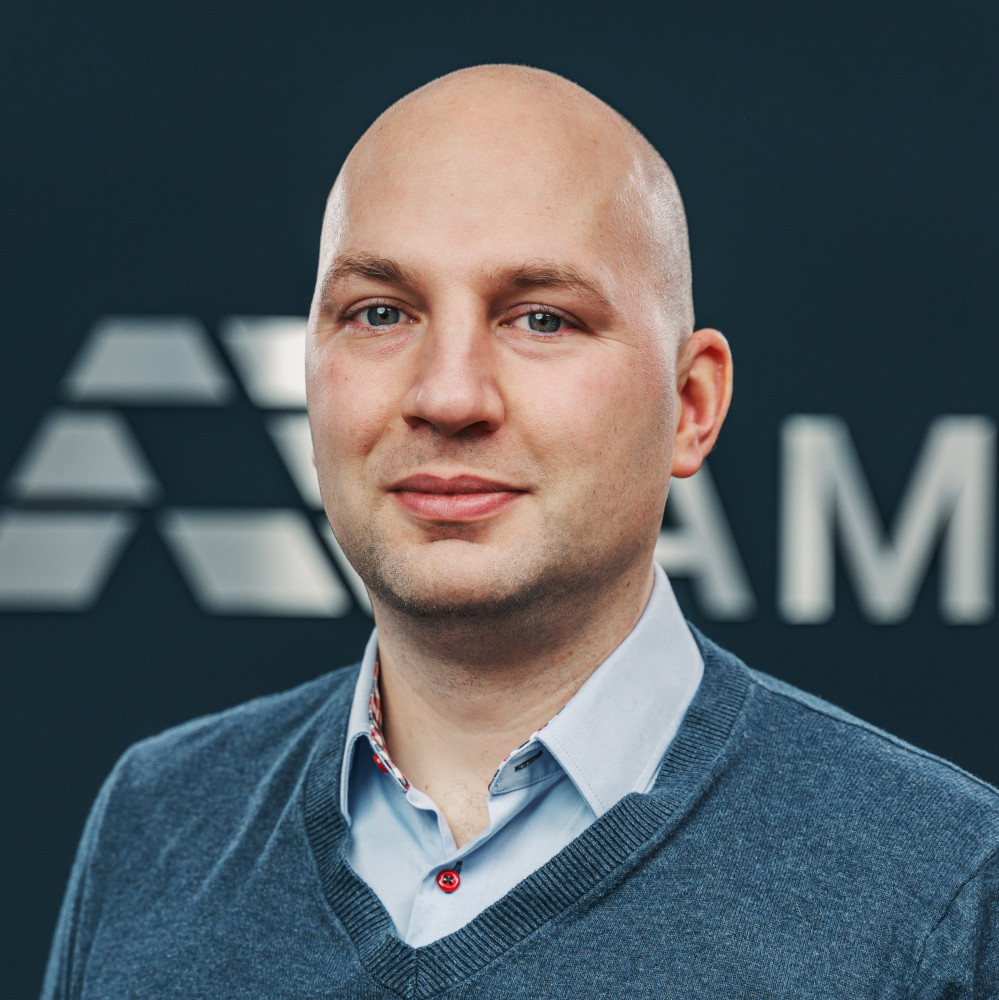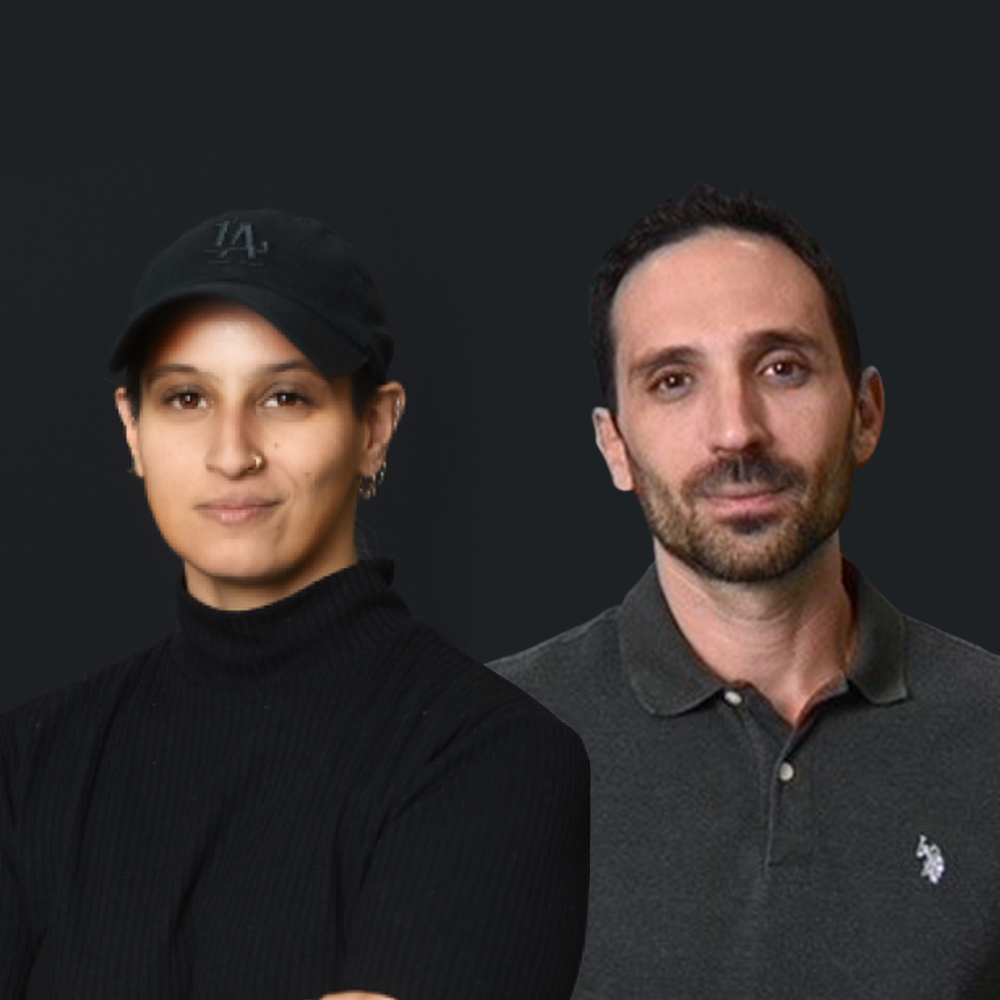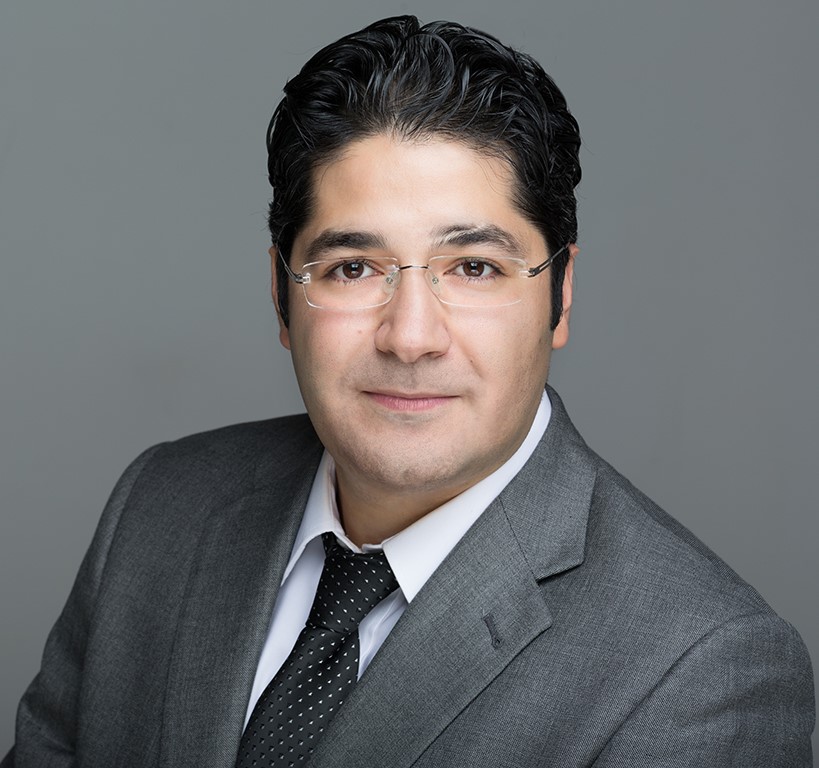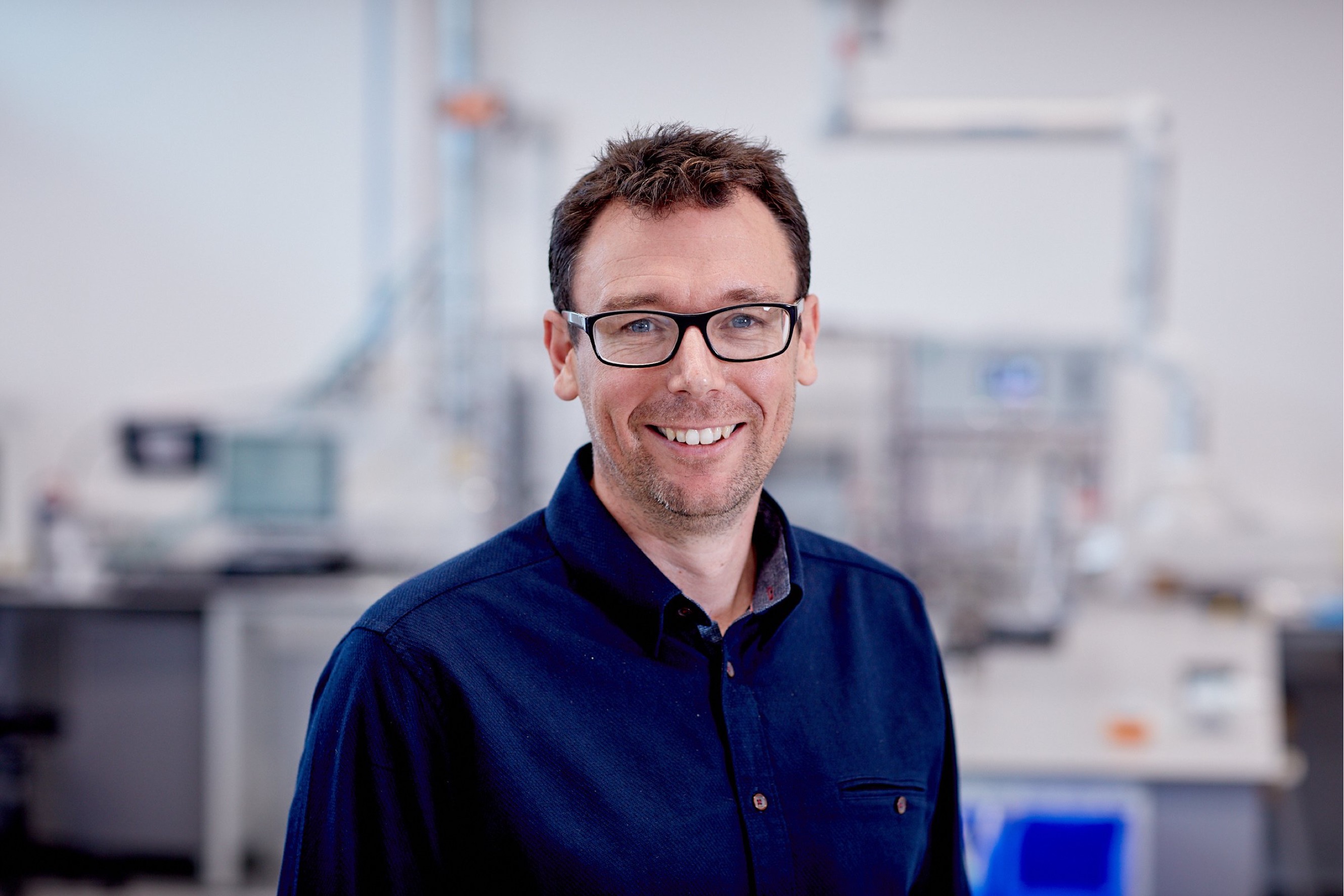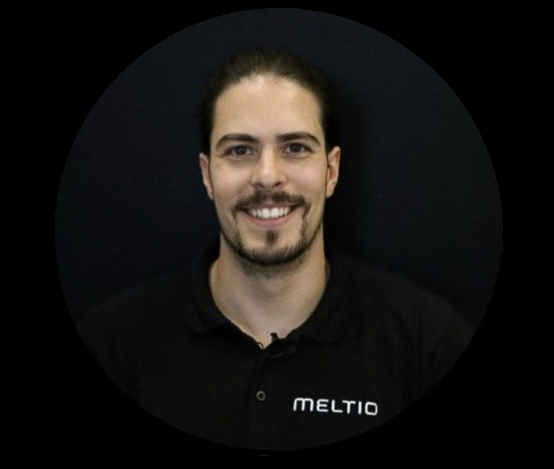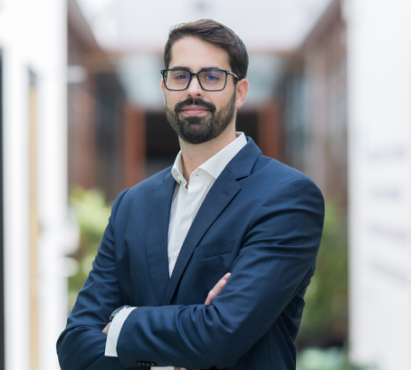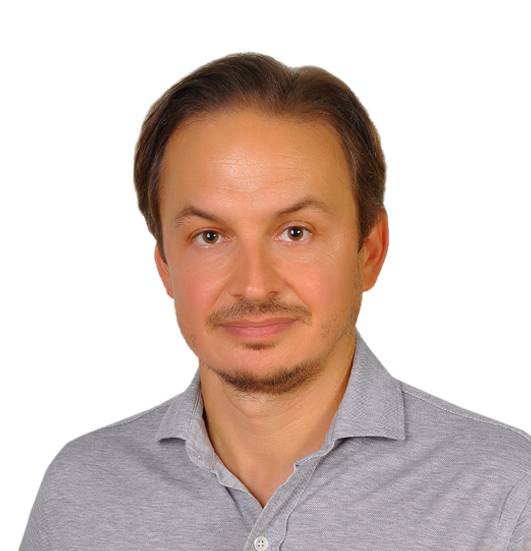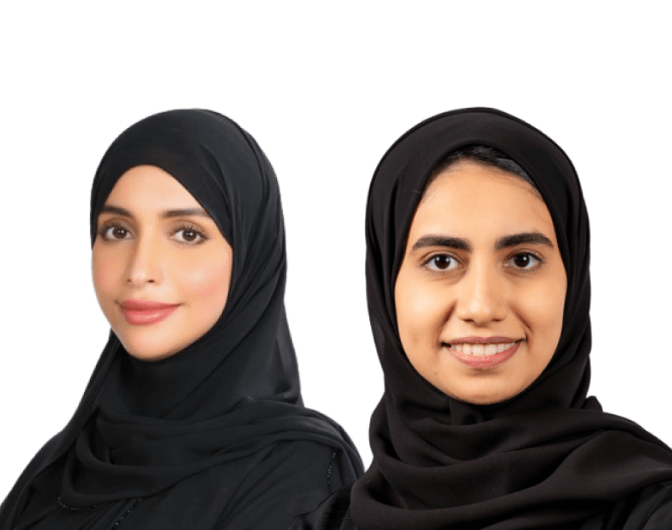09:00 – 09:15
Opening remarks and Introduction
09:15 – 09:35
Dr. Nesma Aboulkhair
Additive Manufacturing at the Technology Innovation Institute: current state-of-play and opportunities
09:40 – 10:00
Matthias Schmidt-Lehr
Additive Manufacturing between strong growth and consolidation
10:05 – 10:25
Humna Khan & Jonathan
Redefining the Final Frontier: How AM is Transforming Space Exploration
10:30 – 10:50
Dr. Mohsen Seifi
Overview of Research to Standardization Efforts In Support of Additive Manufacturing Qualification and Certification
10:55 – 11:10
Coffee Break
11:35 – 11:55
Prof. Christopher J. Tuck
Next Generation Additive Manufacturing, Multi-Functionality and Multi-Materials
12:30 – 14:00
Lunch Break
14:00 – 14:20
Dr. Christian Leineinbach
Additive Manufacturing of Oxide Dispersion Strengthened (ODS) Alloys
14:25 – 14:45
Dr. Mandana Moshiri
Advancing Mould Manufacturing: A Journey in Metal Additive Manufacturing
14:50 – 15:10
Dr. Federico Bosio
Design, development, and scale-up of AMALLOY3D, the next-generation aluminium alloys for Additive Manufacturing applications
15:15 – 15:30
Coffee Break
16:30 – 16:40


